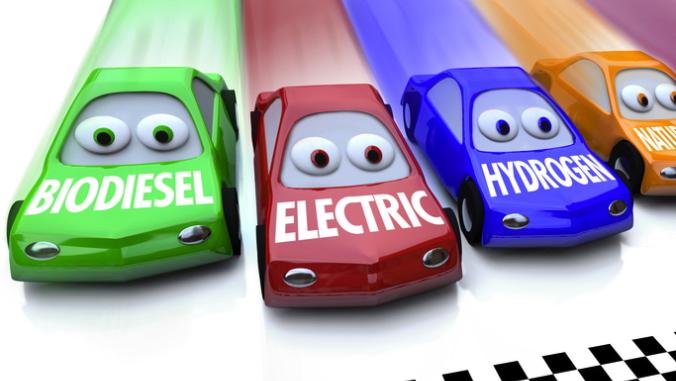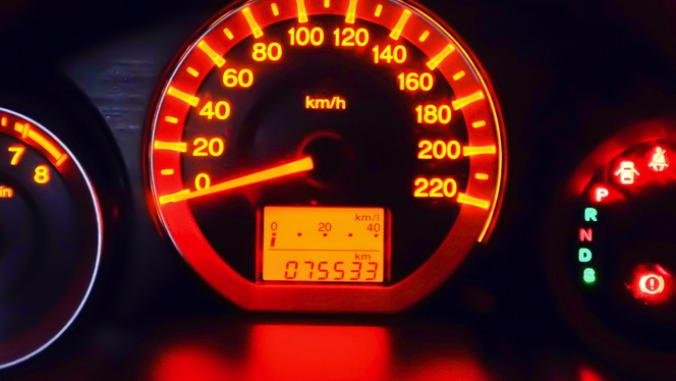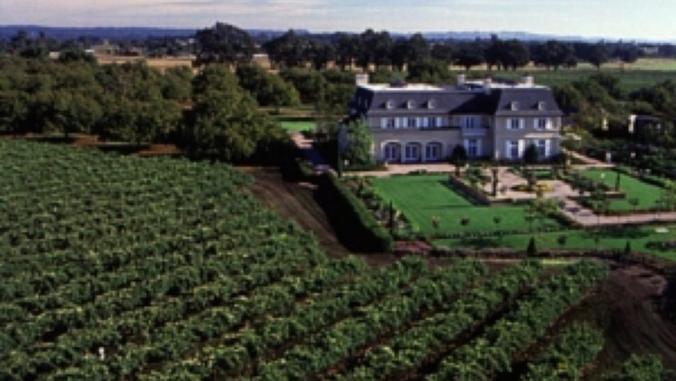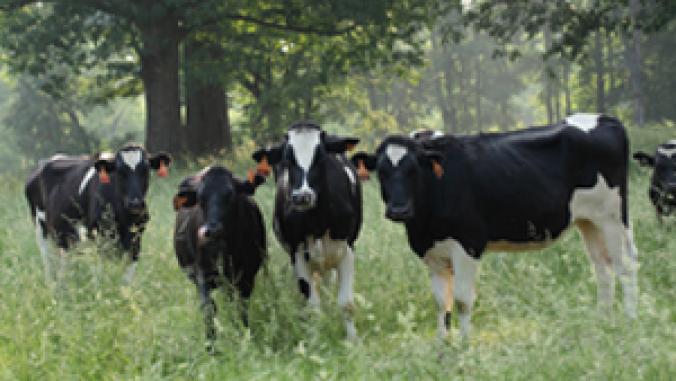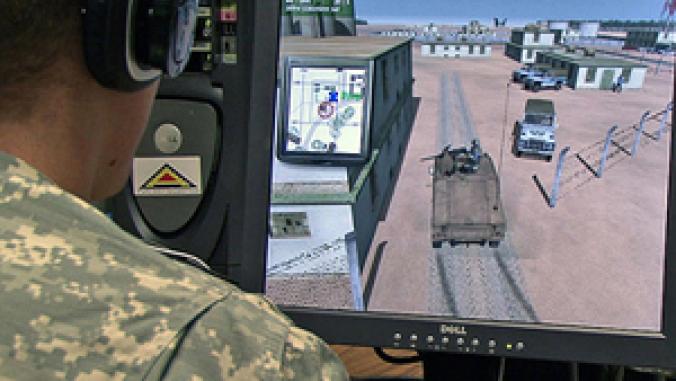Walmart Cuts Landfill Waste 80 Percent in California
<p>Food donation, recycling, and converting organic waste into compost, animal feed or energy all play a role in the cost-neutral program.</p>

Image courtesy of Walmart
[Editor's note: This is an updated version reflecting that Walmart converts some of its food waste to energy through anaerobic digestion.]
A multi-pronged waste program rolled out in California helped Walmart reduce the amount of waste it sends to landfills in the Golden State by more than 80 percent.
Food donation, recycling, and converting organic waste into compost, animal feed or energy all play a role in the cost-neutral program. The world's largest retailer announced on Thursday it has now implemented the program across its 4,400 stores, distribution centers and Sam's Club locations in the U.S. as it moves toward its overarching goal of eliminating landfill waste generated by its U.S. operations by 2025.
The program began as a pilot in 2008, forcing the company to examine its trash and processes for handling it. The exercise revealed plenty of low-hanging fruit, actions that were in some cases as simple as putting labels on garbage bins or sorting trash instead of automatically sending everything to the compactor, thereby securing its fate for the landfill.
"We learned that we didn't need to invest a lot of time or be a rocket scientist," said Vonda Lockwood, Walmart's director of innovations and head of the team that created and scaled the program. "Instead we could do mostly operational changes."
When the company rolled out the program in 2009 to three stores in California, and later to the rest of the state, it learned that simple, operational changes couldn't get the company all the way to zero waste. Some of the challenges made it a hard sell to take the program nationwide.
"When we began and started realizing the magnitude of the organics program, the infrastructure didn't exist," Lockwood said. "It was hard to build the case because we didn't have anything in the real world that allowed us to do what we needed to do."
Walmart needed to find a home for all the perishable items that couldn't be donated through its participation in the Feeding America program, which diverts food to food banks around the country. Instead, the company needed to find haulers that would take the food waste away and process it according to the waste hierarchy set by the U.S. Environmental Protection Agency. Today that food waste is turned into compost, animal feed, or energy through anaerobic digestion.
Walmart recycles 32 types of materials using "super sandwich bales," which literally sandwich things such as aluminum cans, plastic bags, and hangers between large swaths of corrugated cardboard. The bales are sent off-site, broken apart and weighed, providing a revenue stream for the individual commodities. In 2009, the process allowed the company to recycle more than 1.3 million pounds of aluminum, 11.6 million pounds of mixed paper, and 120 million pounds of plastics. The company also created a second life for used tires, which becomes mulch, and waste cooking grease, which becomes engine oil.
Aside from the patchwork of waste policies across the U.S., the company found franchise agreements to be a challenge in its roll-out of the program. Cities may make agreements with haulers mandating that everyone use their services, sometimes with set fees. In many cases, moving to zero waste will cause a company or municipality to lose a revenue stream.
"They can still take away these materials from our stores, we just don't want it taken to a landfill," Lockwood said. "We'd like the option to determine where it goes, not a mandate for where it goes."
Walmart still has some low-hanging fruit to seize to move from an 80 percent diversion rate in California to zero waste. It has established a reporting structure to strictly track the materials leaving its stores that is supported by Enviance software. It allows Lockwood to pull up a region and see the waste diversion rates of individual stores. "If I pull up a market with 12 stores, and 10 are in the 80-90 percent waste reduction ranges and two are in the 60s, that immediately tells me what the opportunities are so we can address those quite quickly," she said.
The company will likely still have some waste streams that will never go away: parking lot trash, bathroom trash, contaminants and a few other items that are labor intensive or not cost effective to process, such as small yogurt cups or glass.
"Those will take new technology," Lockwood said, "or an idea I haven't thought of yet."

